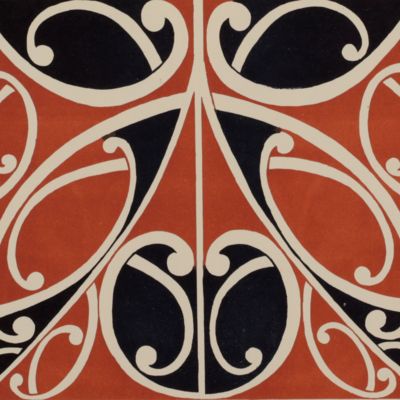Vinogradov, I. M.
Problema Gol'dbakha. [IN] Novyy metod b analitichkoy teorii uisel. (Goldbach's Problem [IN] A new method in the analytic theory of Wisel).
Moskva, Akademii Nauk USSR, 1937. 8vo (25.0 x 17.0 cm). 122 pp. Original printed wrappers.
An important, direct proof of Goldbach's weak conjecture by the Russian mathematician Ivan Matveevich Vinogradov (1891-1983) "who was one of the creators of modern analytic number theory, and also a dominant figure in mathematics in the USSR. He graduated from the University of St Petersburg, where in 1920 he became a professor. From 1934 he was a Director of the Steklov Institute of Mathematics, a position he held for the rest of his life, except for the five-year period (1941-1946) when the institute was directed by Academician Sergei Sobolev. In analytic number theory, Vinogradov's method refers to his main problem-solving technique, applied to central questions involving the estimation of exponential sums. Vinogradov tackled questions such as the ternary Goldbach problem in 1937 (using Vinogradov's theorem), and the zero-free region for the Riemann zeta function. Vinogradov served as director of the Mathematical Institute for 49 years. The house where he was born was converted into his memorial - a unique honour among Russian mathematicians. As the head of a leading mathematical institute, Vinogradov enjoyed significant influence in the Academy of Sciences and was regarded as an informal leader of Soviet mathematician" (Wikipedia). In number theory, Goldbach's weak conjecture, also known as the odd Goldbach conjecture, the ternary Goldbach problem, or the 3-primes problem, states that, "Every odd number greater than 5 can be expressed as the sum of three primes". In 1923, Hardy and Littlewood showed that, assuming the generalized Riemann hypothesis, the weak Goldbach conjecture is true for all sufficiently large, odd numbers. In 1937, Ivan Matveevich Vinogradov eliminated the dependency on the generalised Riemann hypothesis and proved directly that all sufficiently large, odd numbers can be expressed as the sum of three primes [this paper]. Published in the Travaux de l'Institut Mathématique Stekloff(Volume 10). The paper on Goldbach's Theorem occupies pp. 106-122. Front wrapper a bit spotted at fore edge; small hole (original paper flaw) in the margin of the last text leaf, otherwise an excellent, clean copy. Rare.
![Problema Gol'dbakha. [IN] <em>Novyy metod b analitichkoy teorii uisel</em>. (Goldbach's Problem [IN] <em>A new method in the analytic theory of Wisel</em>).](https://schierenberg.nl/media/cache/product_thumb/76467/76467.jpg)

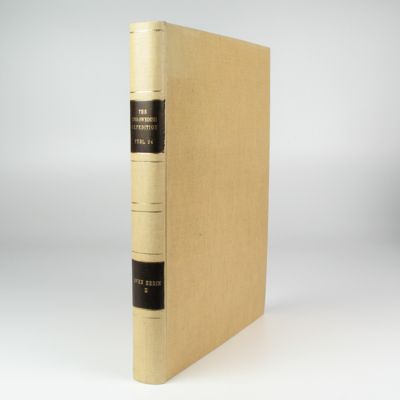
![image for Mésange azurée, <em>Cyanistes cyanus</em>. [Original watercolour].](https://schierenberg.nl/media/cache/product_thumb/77494/77494_x.jpg)
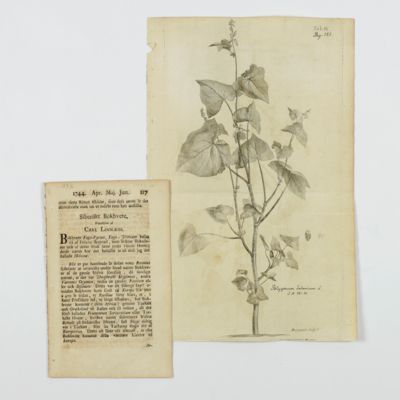
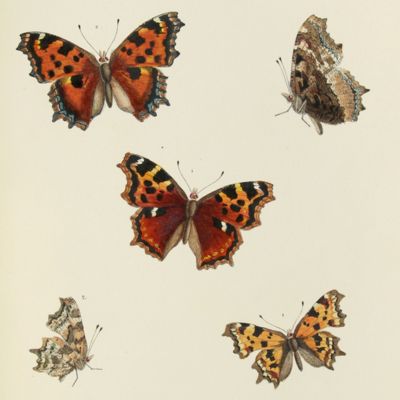
![image for Miscellanea Silurica I-III. I. Über die Russischen Silurischen Leperditien mit Hinzuziehung einiger Arten aus den Nachbarländern (Baltikum); II. Über einige neue Baltisch-Silurische Petrefacten; III. I. Nachtrag zur Monographie der Russischen Silurischen Leperditien [AND] II. Die Crustaceenfauna der Eurypterenschichten von Rootziküll auf Oesel.](https://schierenberg.nl/media/cache/product_thumb/19368/19368_x.jpg)

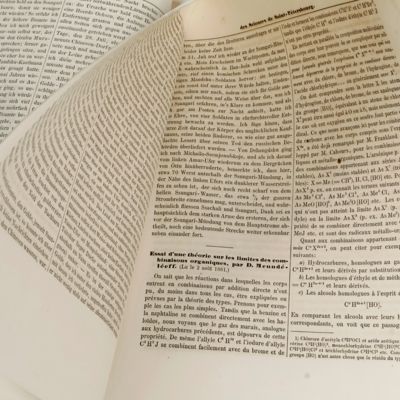
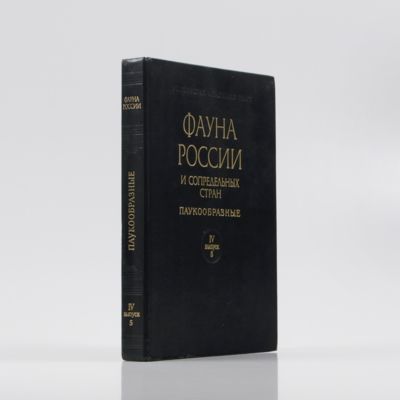
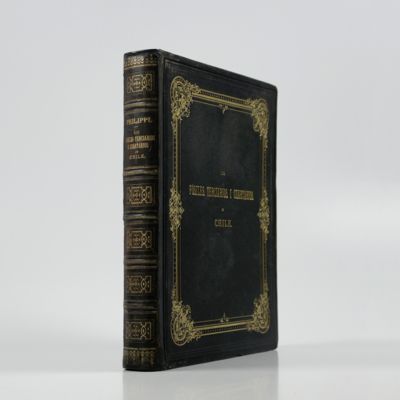
![image for Reise der oesterreichischen Fregatte Novara um die Erde in den Jahren 1857, 1858, 1859 unter den Befehlen des Commodore B. von Wüllerstorf-Urbair. Geologischer Theil. Erster Band: Erste Abtheilung, Geologie von Neu-Seeland [AND] Zweite Abtheilung, Paläontologie von Neu-Seeland.](https://schierenberg.nl/media/cache/product_thumb/71767/71767_x.jpg)
